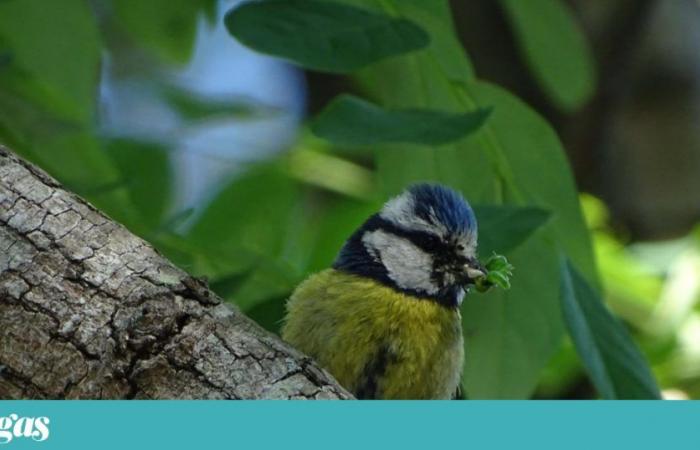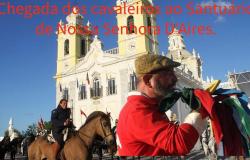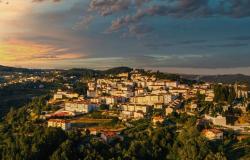Contrary to what you might think, you don’t need to leave your area of residence to see a diverse set of species, even if you live in the city center. Sometimes, just coming to the window of your house is enough, as long as there are trees outside or any piece of garden land. If you have a park or garden nearby, the chances increase. Just be careful and take some time.
In Porto, Parque da Cidade is one of the places recommended for spotting a series of species and you don’t need a guide to come across the mallard, the coot, the collared parakeet or the magpie. On the Matosinhos walkways, for example, a simple morning walk can bring you across, in addition to countless seagulls, warblers, warblers, reed weasels, larks, doves, sandpipers, squeaks, broken-collared plovers (which nest there) and, during the migration season, large-collared plovers, Galician sandpipers or fusels.
And, without leaving the municipality, if you choose to walk along the Leça Green Corridor, you have an excellent chance of seeing herons, the round-winged eagle, the robin, luggers, goldfinches, warblers, redstarts, wrens, thrushes, blackbirds or tits of the most different varieties.
But if you really want to see more specific species (such as steppes or waders from the Tagus marshes) you might appreciate having some extra help. Entrance to EVOA costs 14 euros, for a “normal” visit, but there are different programs that may interest you, just check the website. The space is open from Tuesday to Sunday.
João Jara’s company, Birds & Nature Tours, offers tours departing from Porto, Lisbon and Algarve but, in reality, he says, they can be done anywhere in the territory. There are single-day programs and multi-day packages. A week traveling the Tagus, Alentejo and Algarve can cost more than 2700 euros per person, while a one-day visit to the Tagus estuary, for example, costs 230 euros (290 if there are two people).
But, for those who cannot pay these amounts or prefer to travel on their own, João Jara also offers help. With Portugal Wildscapes, he created the Birdwatching Route, which has been installing several information panels at strategic points in Castro Verde, Mértola and Serpa. At the moment, there are ten, by April there should be 40. In each of them there is information about the species possible to see in that area. “We want anyone who doesn’t have a guide to still have a good experience,” he explains. Just go and try it.
However, if you are one of those people for whom all that flies are sparrows, but would like to start understanding a little more about the bird species that surround you, there are tools that can help you. First of all, listen carefully and use one of the applications that help you identify birds by sound, such as Merlin. Any researcher who works with birds will tell you that they often detect the presence of a certain species through noise, never getting to see the individual that produced it. But it’s not always like that and, visually, there’s no shortage of help either.
The best and most complete will be the Bird Guidecoordinated by SPEA – Portuguese Society for the Study of Birds, and which is covered with images of all the species that you can find here and in the rest of Europe, a description of their main characteristics and information about the parts of the territory in which they can be found observed and at what times.
On the internet, the Aves de Portugal page, created by Gonçalo Elias years ago and recently renewed, is, as it advertises itself, “the portal for bird watchers” par excellence.
And, if you have ventured to photograph some birds, Google’s image identification tool can be a good starting point to understand which animal you caught – although it is best to confirm later, with the Bird Guide or the Aves de Portugal portal, because it doesn’t always get it right.
Finally, if you really want to go beyond observation and would like to include photography in your close contact with birds, don’t forget that you should do your best not to disturb them. A shelter, where it is hidden (the birds hear and see, don’t forget), will always be ideal, but it is not always possible. Being attentive, remaining silent, looking for places with water fountains or preferred locations for birds can help. And have a camera with a decent lens too. The guide How to Observe and Photograph Birds, by Gonçalo Elias and José Frade, explains everything, if you are interested in taking photography more seriously.






